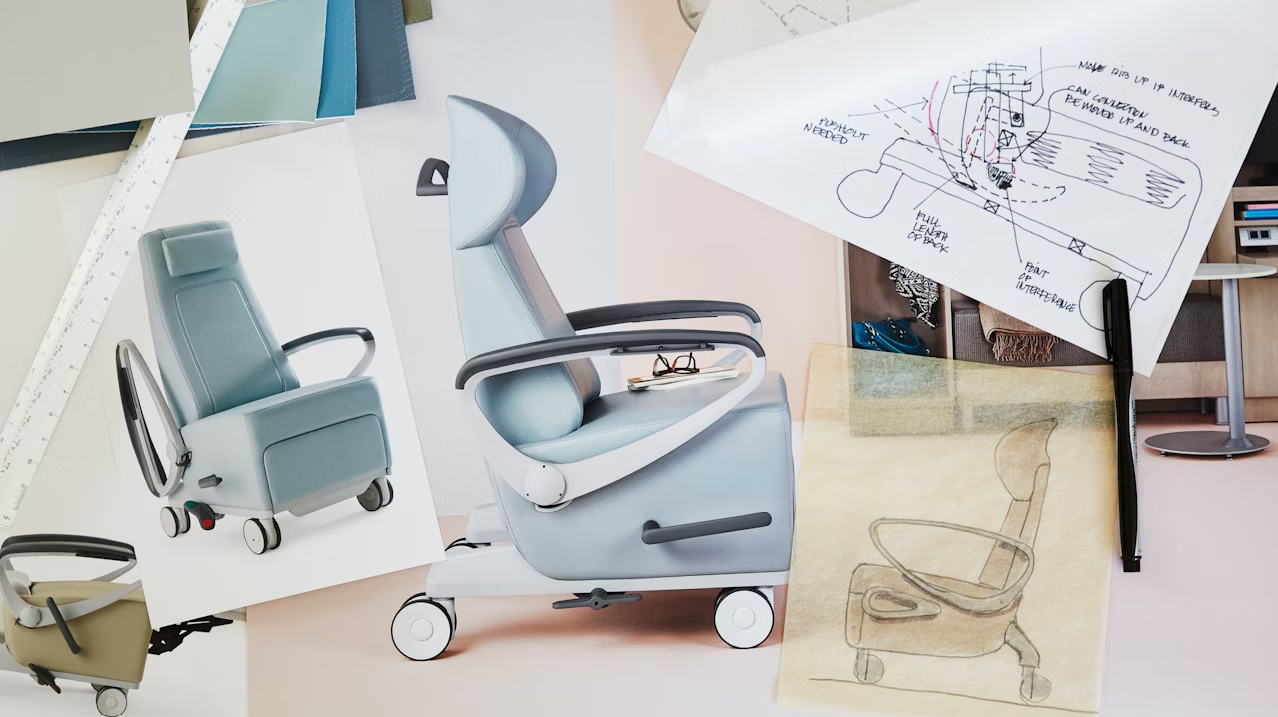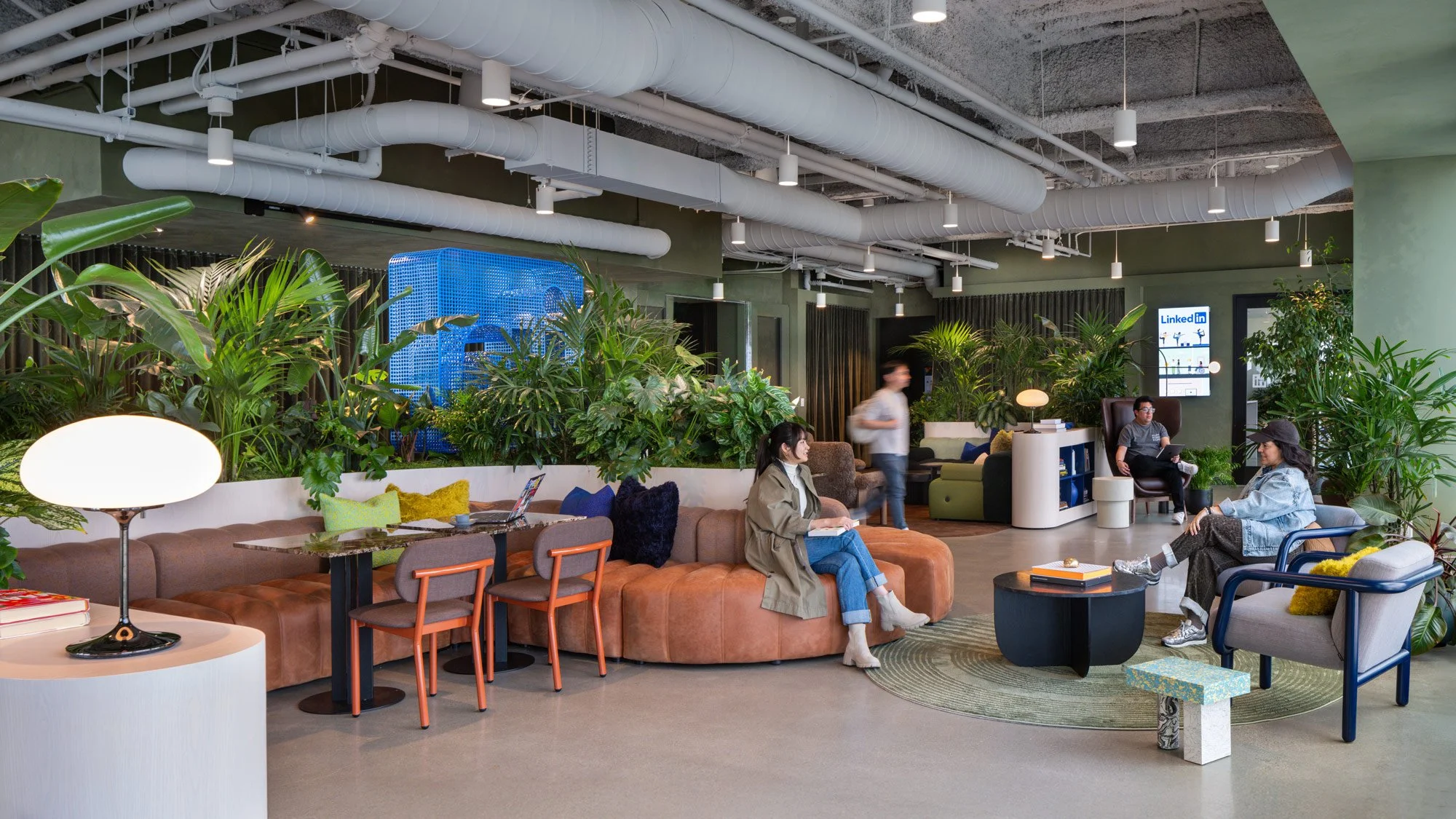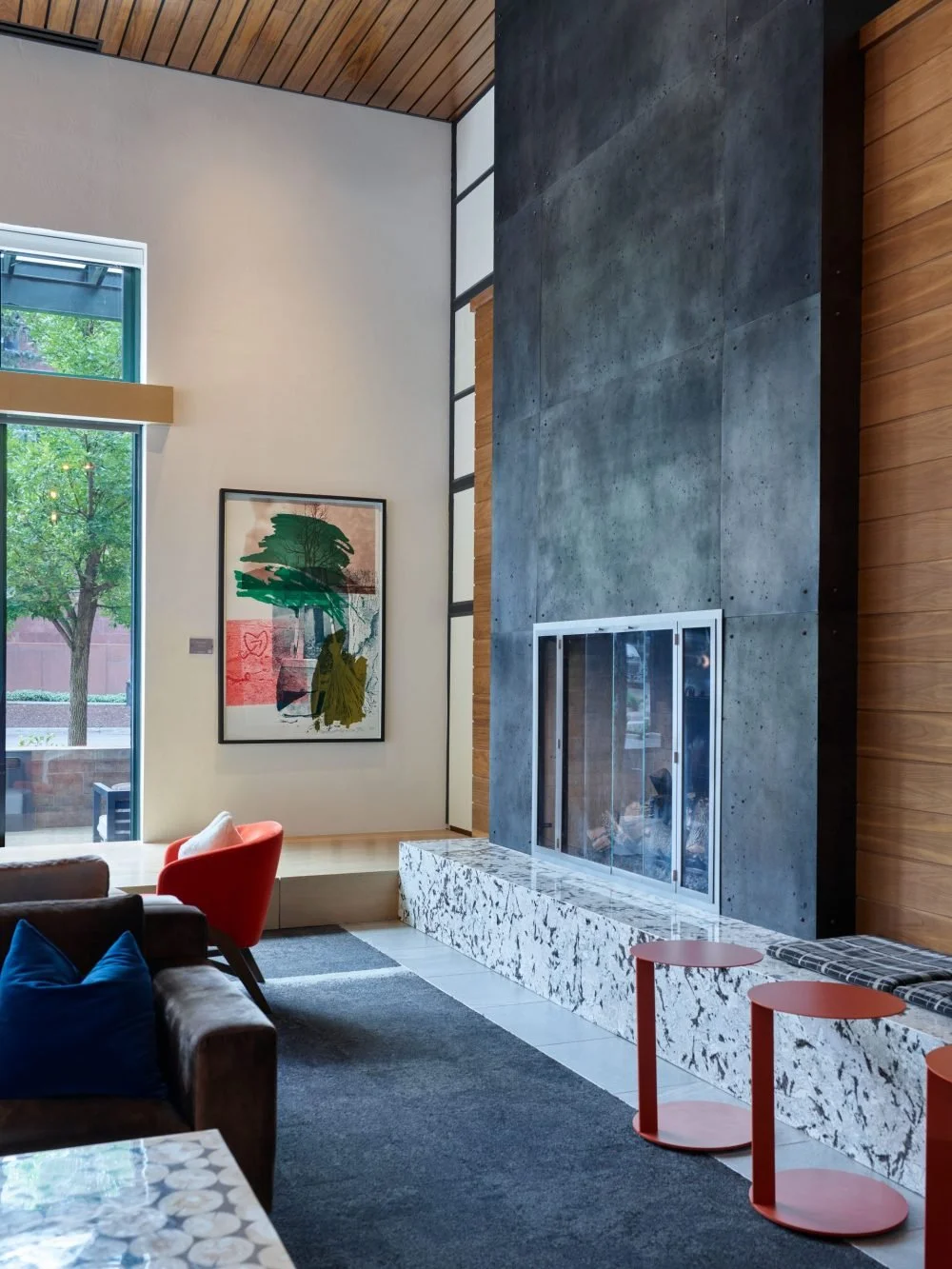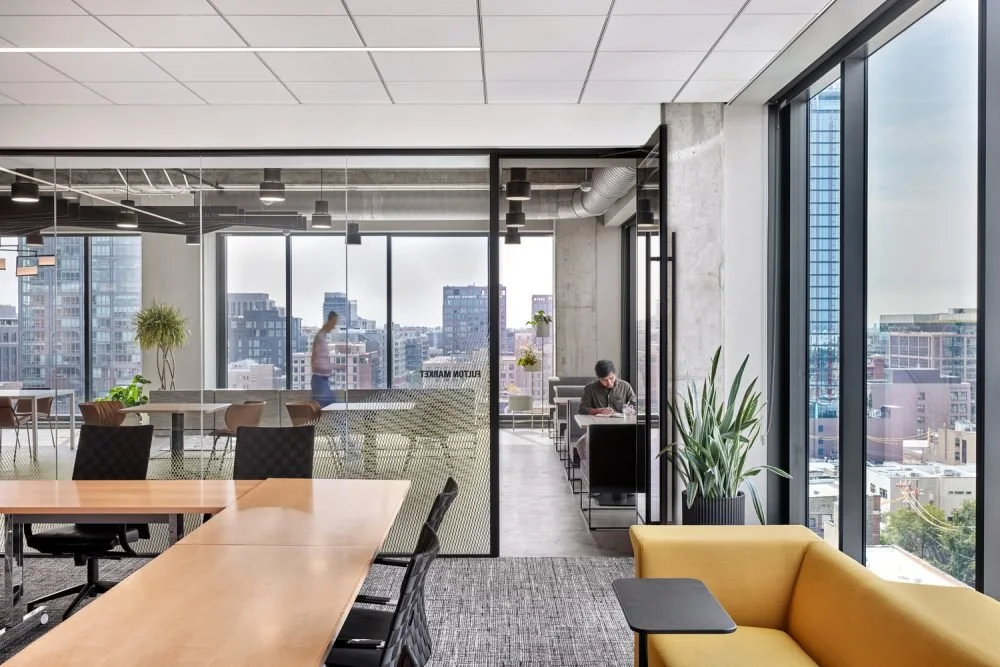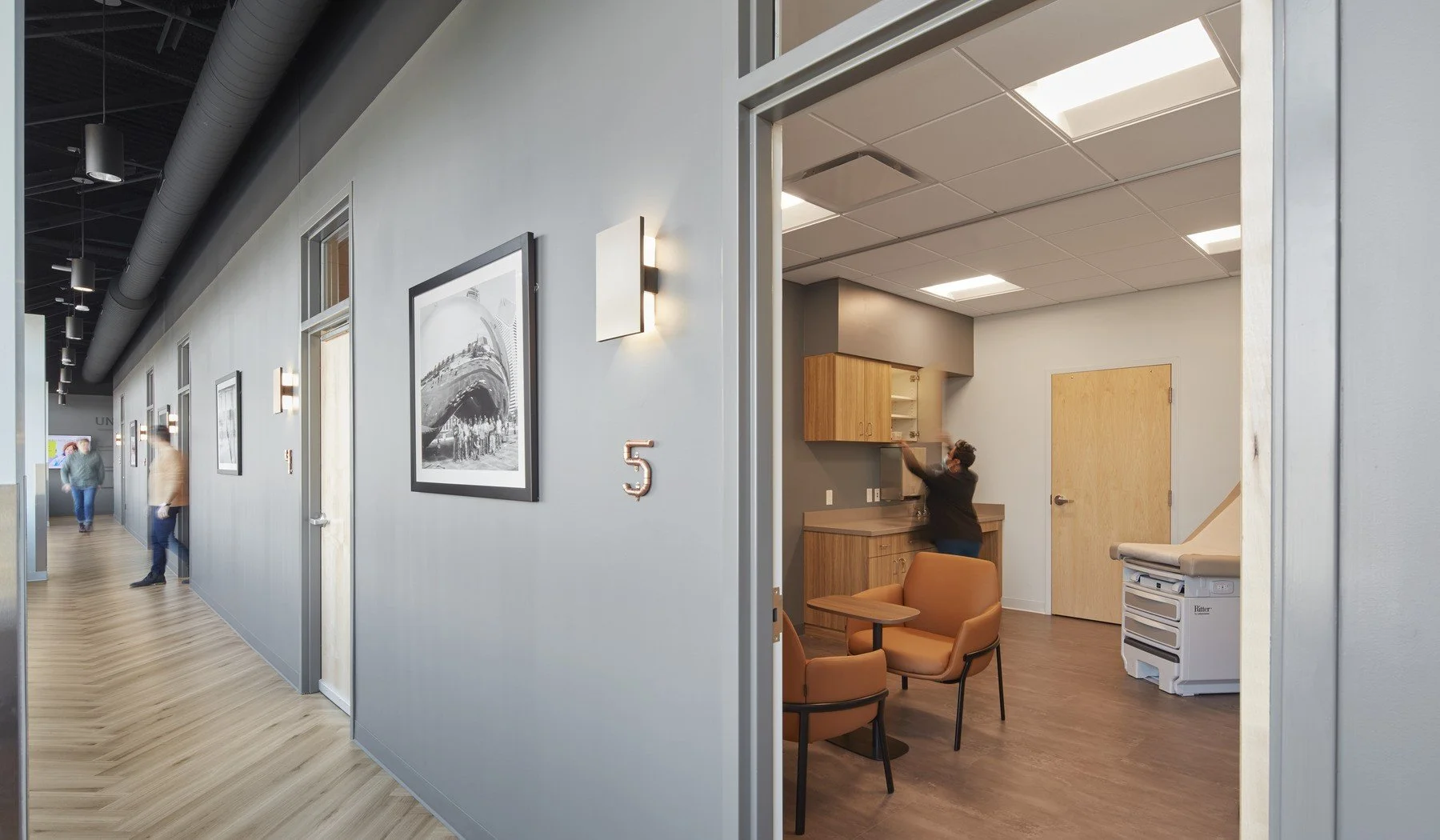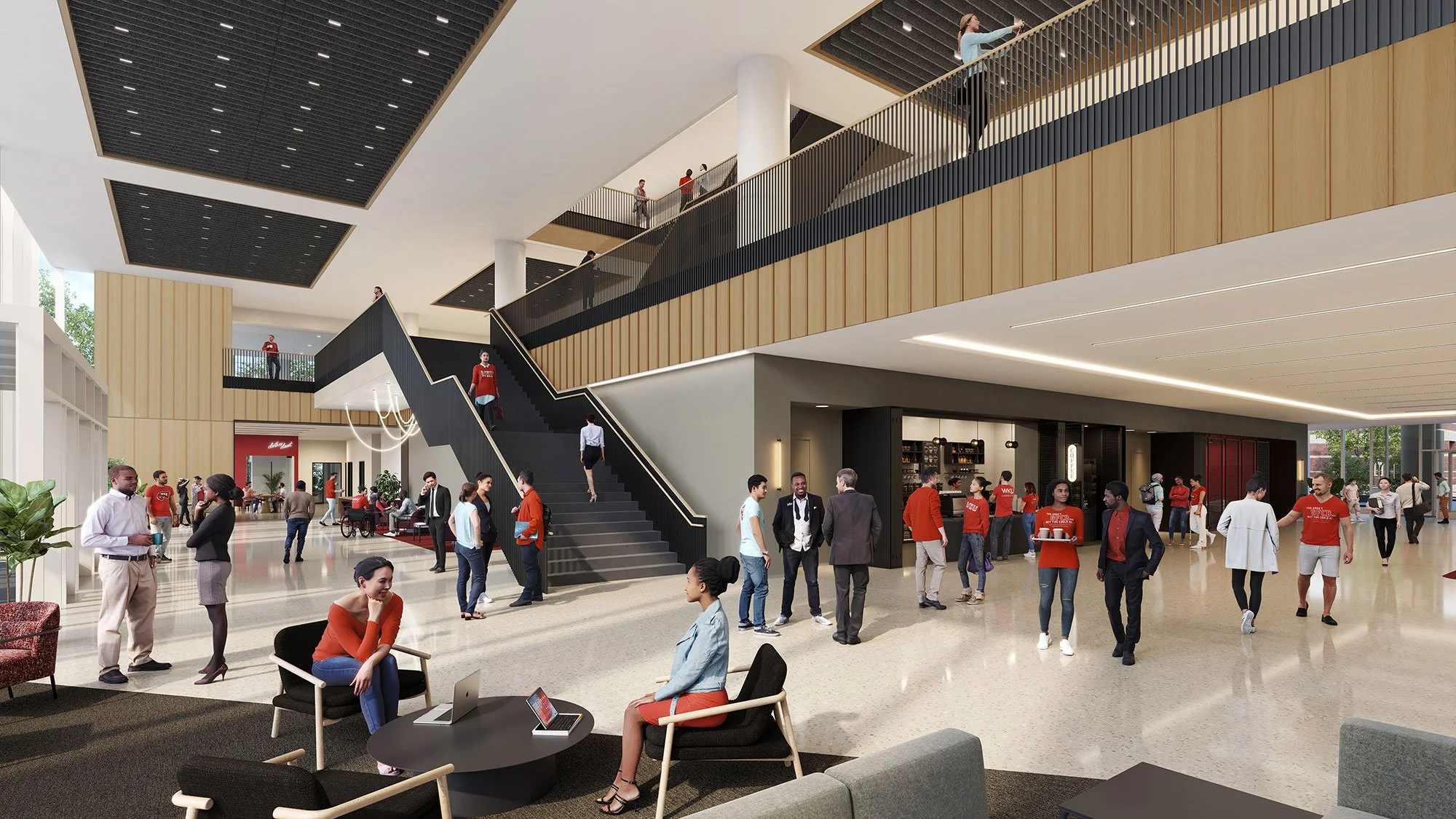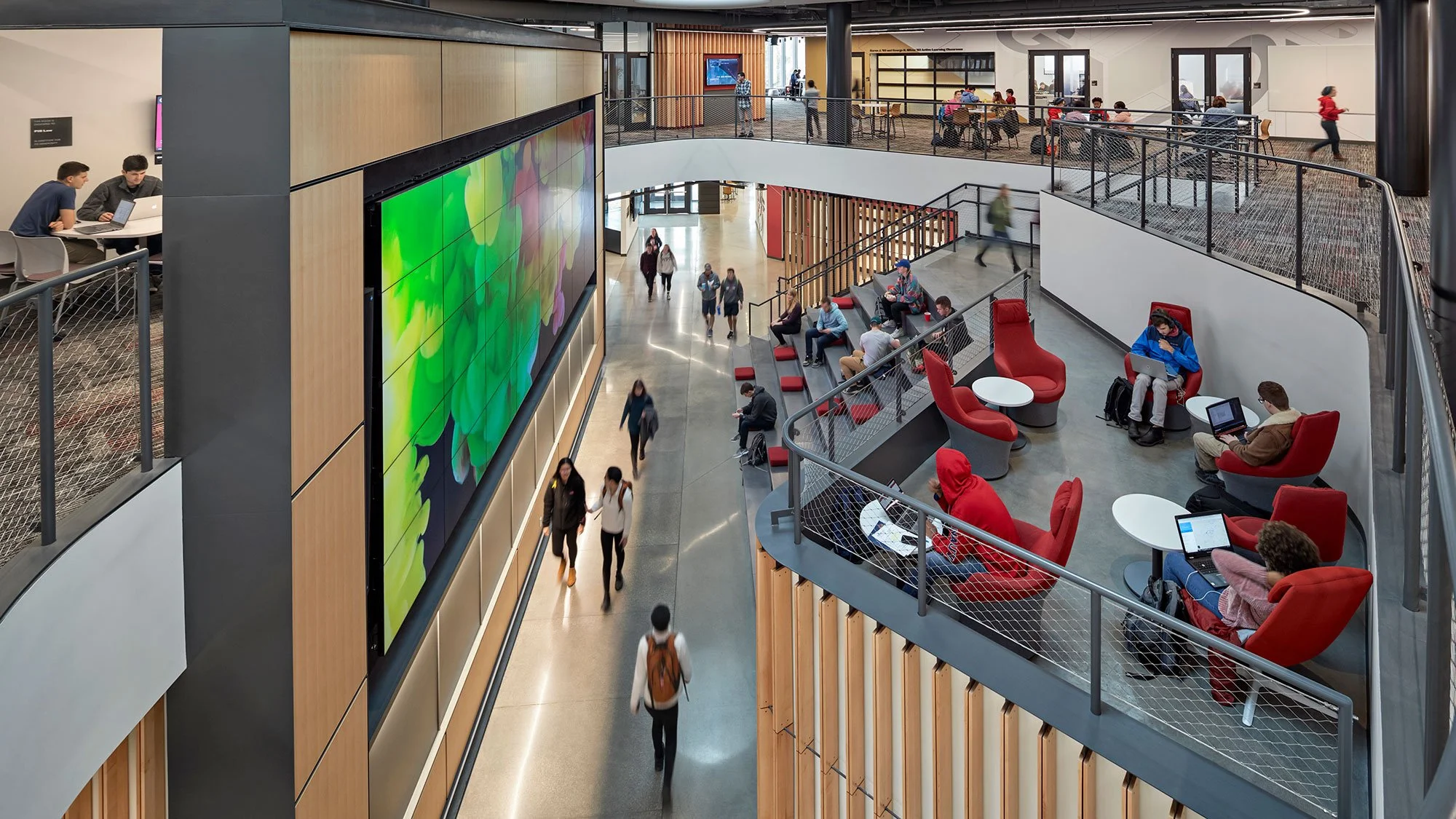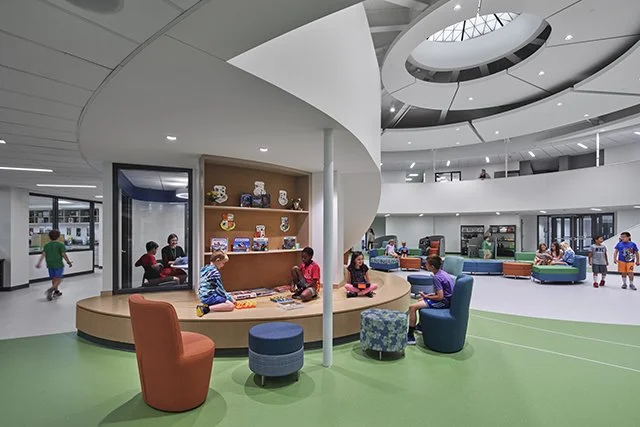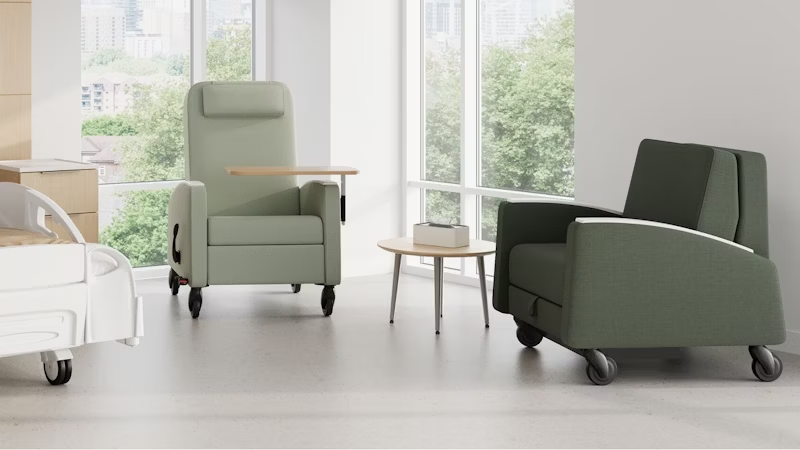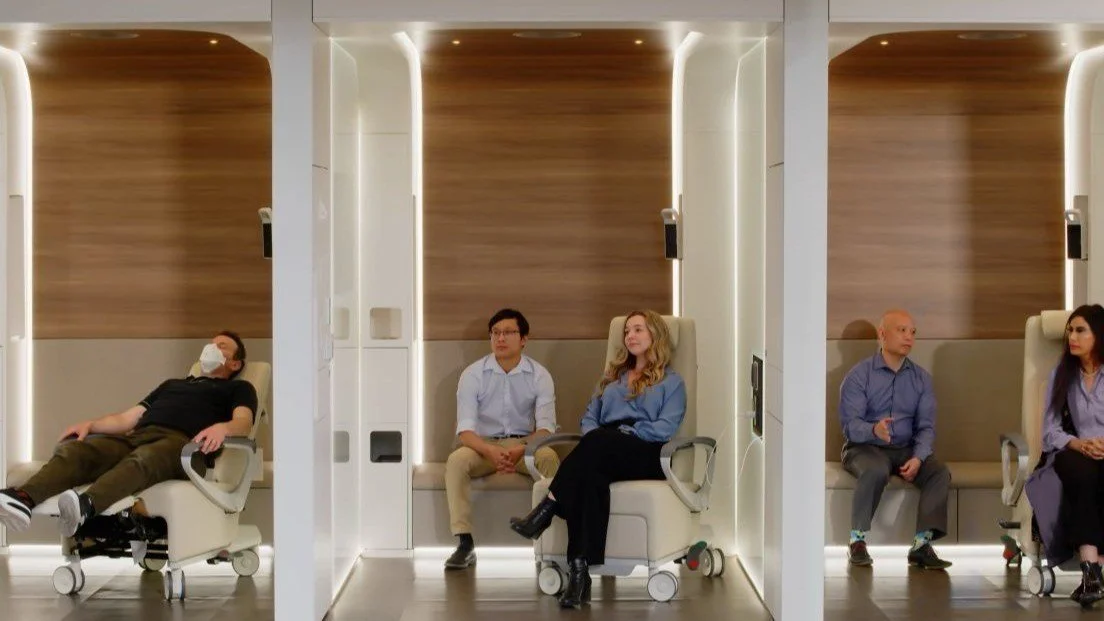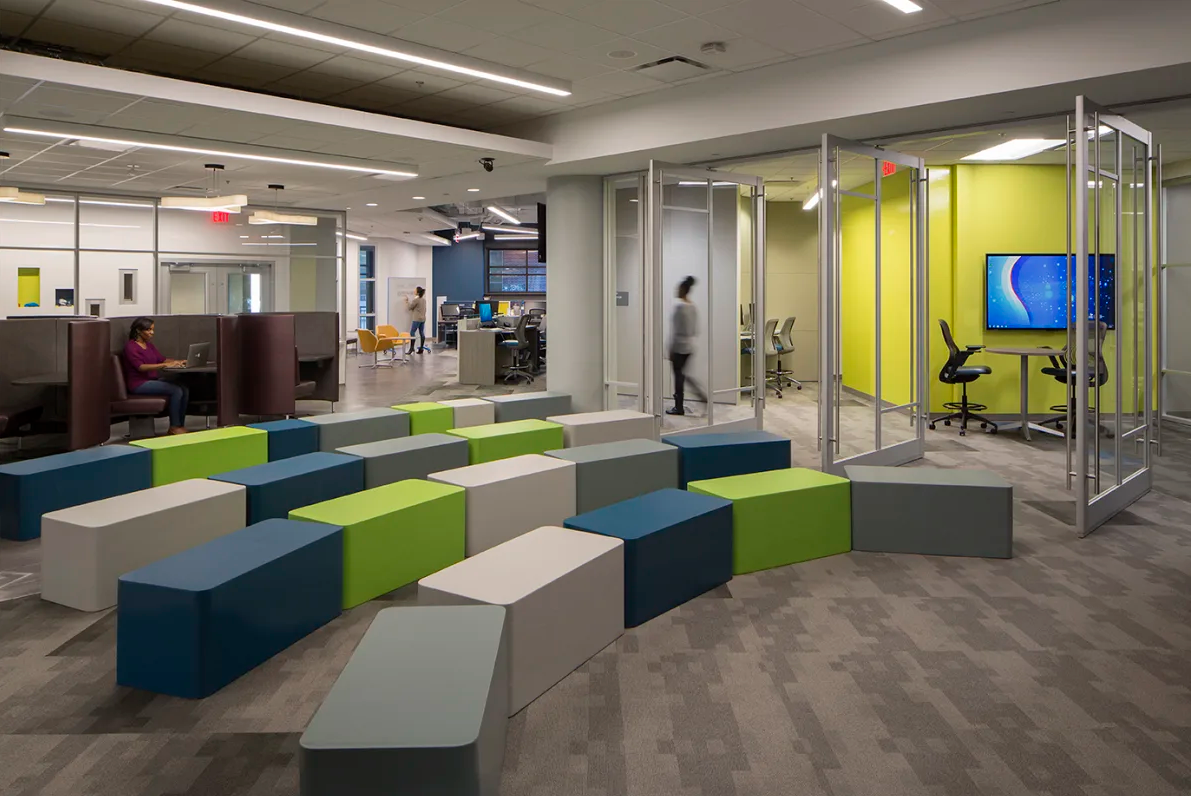Corporate Environments: Market Trends & Expert Insights
BETTER HEALTHCARE SEATING STARTS
WITH DEEPER UNDERSTANDING
MILLERKNOLL
When you involve the people who are closest to the work, you don’t just get a better outcome. You get a series of meaningful firsts.
Designing for perimenopause, menopause and beyond
MILLERKNOLL
When the workplace doesn’t support people navigating menopause, the losses add up.
FUTURE OF WORK
GENSLER
Many companies have already brought their employees back to the office, a positive trend in light of this research, and one that Gensler obviously supports as a champion of vibrant, connected office spaces.
GENSLER
So instead of asking, “How do we get people back into the office?” let’s flip the question: How do we create spaces that people want to spend time in? Spaces that drive connection, spark innovation, and reflect our shared values?
GENSLER
Today’s workers need two things: an effective workplace and a great work experience. Employees need a functional and effective workplace that supports how they work. Providing a variety of work settings to work in-person with others, is essential and the foundation of a good workplace.
WORK DESIGN MAGAZINE
Incorporating principles like soft fascination, fractal patterns and restorative stimuli into architectural design allows us to counter the cognitive fatigue caused by overstimulating modern environments.
hybrid workplace strategies
WORK DESIGN MAGAZINE
Hotels, once seen primarily as transient hubs for travel, are emerging as key players in this evolution. By reimagining their lobbies, lounges, and public areas as extensions of the workplace, hotels are positioning themselves as vibrant “third places”, environments that exist between home and office, offering the best of both worlds.
WORK DESIGN MAGAZINE
For employers, it’s time to stop equating “presence” with “productivity” and start focusing on purpose. Why do people need to come in? What can they only do there? And how can the workplace amplify—not distract from—that work?
WORK DESIGN MAGAZINE
INTERIOR ARCHITECTS
The solution lies in thoughtful, integrated redesign that maximizes the flexibility and functionality of existing spaces. Through purposeful, future-ready design practices, companies and property owners can create workspaces that adapt to fluctuating occupancy.
Enticing people back to the office requires meeting employees where they are. Providing workpoints that enhance the adaptability and convenience they have come to expect and rely on is key as they build their careers and contribute to the success and productivity of the organization.
EDUCATION
GENSLER
Modern training centers play a crucial role in attracting the next generation of skilled professionals. Thoughtfully designed spaces not only showcase the craft, but they also elevate the learning experience through dynamic environments rooted in innovation.
GENSLER
Business schools are placing a heightened emphasis on workforce preparedness and a growing commitment to student support and well-being. These priorities are reshaping campus design and driving the creation of interdisciplinary, flexible learning environments that foster both professional readiness and holistic student success.
GENSLER
The institutions that lead the way will integrate human technical skills into an ecosystem of third spaces — bridging formal education with the development of intellectual and emotional skills, and allowing students to engage in team-based, real-world work that emphasizes human connection. Spaces that practically teach students how to adapt, problem-solve, and persuade, while learning how to use AI, will be most critical.
ED SPACES
Students need spaces where they can engage in animated discussions about literature, work together on multimedia projects, and learn from peer collaboration. The new model embraces controlled noise levels and varied activity zones rather than enforcing uniform silence.
HEALTHCARE
HOK
From sensory-aware inpatient rooms to the early use of AI tools, HOK is exploring how human-centered principles can shape the future of children’s healthcare environments.
GENSLER
Healthcare design is already evolving away from a one-size-fits-all approach, so this type of virtual/physical hybrid model at home would accelerate the demand for personalized and specialized medicine even more.
MILLERKNOLL
From nurse insights to ergonomic precision, our brands design healthcare seating in ways that others can’t—shaped by experience, built for performance, and constantly refined for the realities of care.
DIRTT
Emergency departments across the U.S. are facing an unsustainable capacity crisis. Visit volumes continue to rise as aging populations, chronic disease, and limited access to timely outpatient care push more patients toward the ED as a default access point. Systems need new capacity, and they need it fast.
interior architectural soltuions
DIRTT
In aging schools there’s no way to make a change to accommodate that. Building conventionally with drywall, classroom sizes are static even if we don’t need them to be. But building spaces using layered modularity offers versatility.
DIRTT
Designing workplace that supports neurodiversity is not just about being inclusive. It’s about the benefit that choice, variety, and control can bring to everyone, not just people on the spectrum.
DIRTT
DIRTT is working to make a product that truly could be pulled apart and repurposed over and over again to keep it out of the landfill,” says Whited. “In an ideal world, that's what we would do with virtually all products.”
DIRTT
Anyone who has worked on a healthcare construction project knows about long timelines. From early design to occupancy is several months if not several years. The challenge of designing a relevant healthcare space often lies in the fact that the future is unknown.

